
Review on Continental ContiPremiumContact 5 215/55 R17 94V summer by Velizar Petrakiev ᠌

It's not all bad, an average quality purchase.
After 4 years, the factory-installed ContiSportContact on my C-Max needed to be replaced. I studied a ton of rubber testing, including international ones, before making a purchase. I made the decision to use this specific rubber because it had won every feasible test over the previous two years (the model had only been created in 2022). In the city, there was only one set available. The fact that the 205/55 R16 91H was built in the Czech Republic instantly alerted me to the fact because of the sidewalls' softness (which makes it appear as though a plastic bag is being rubbed against it when a finger is applied). placed on alloy wheels and attached to the vehicle. In addition, two weeks of enjoyment have followed. Everything is as comfortable, predictable, and responsive as good rubber should be (my runs cover 95% of a very nice track, so the sidewall's softness wasn't particularly frightful). I entirely lost track of the existence of the rut throughout the course of these two weeks. It hasn't even been a month since I hit a pothole at 80 km/h on an unfamiliar night track, causing a 1-cm gap in the sidewall area. I halted a hundred meters away. The car came from the manufacturer with only a repair kit and no spare wheel. tow vehicle. fitted tires. The sidewall is completely torn up, and the keel is too large. The tire can't be fixed. The alloy wheel itself has no dents or scratches. Such rubber is not offered in the city (because it is too young and prime season). We'll have to wait a week while we order from Hong Kong. Great tires, but not for our roads, is the conclusion. Nokian Hakka Blue was required; at least it is readily available. By the start of the second season, I discovered that one tire had developed a crack along the tread grooves after (perhaps improper) winter storage. I preferred to purchase a brand-new one—the second one. Two tires from the beginning were nearly worn out to the marker by the third season (after 30 thousand runs).
- gentle, quiet. reasonably priced (if you purchase online).
- Sidewall is too weak. Only available in Hong Kong.
New products
Comments (0)
Similar reviews
Top products in 🔧 Car Belts, Hoses & Pulleys
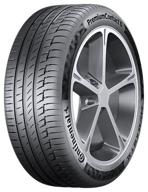
Continental PremiumContact 6 315/45 R21 116Y summer

71 Review

Dorman 626 207 Heater Hose

10 Review
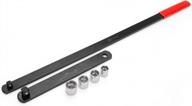
Efficiently Install & Remove Serpentine Belts With OEMTOOLS 25149 Tool: 13-18Mm Sockets, 1/2 & 3/8 Inch Drive, Long Handle For Optimal Leverage!

16 Review
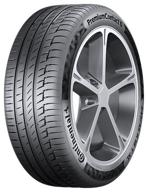
Continental PremiumContact 6 275/35 R19 100Y Summer

36 Review
Another interesting products
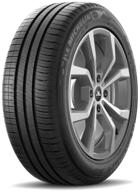
MICHELIN Energy XM2+ 185/65 R15 88H summer

29 Review
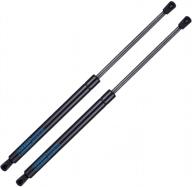
ARANA C16-08568 20" Gas Lift Struts - Perfect For Trucks, RVs, And Boats - 20 Lbs Capacity - 2Pcs Set

15 Review
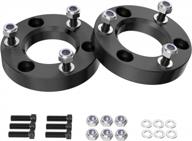
1.5 Inch Leveling Lift Kit Compatible With 2004-2022 F150,Leveling Lift Kit Fit For 2004-2022 F150 2WD 4WD Forged Front Strut Spacers Raise The Front Of Your F150 By 1.5

13 Review
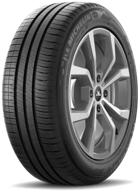
Tire Michelin ENERGY XM2+ 185/65 R15 88 H

30 Review


